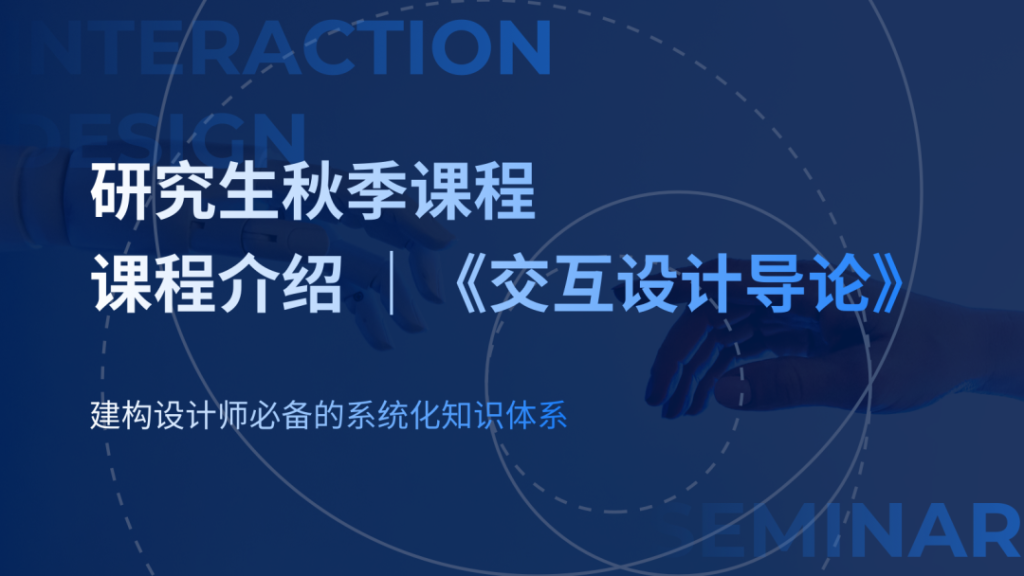
Graduate Fall Course "Introduction to Interaction Design
(Course No. 80801032)
Welcome to the course selection of all master's and doctoral students~
01
Part One: Course Introduction
The Introduction to Interaction Design course guides students to construct a body of interaction design knowledge from theories, methods and trends related to interaction design. The course covers almost all the knowledge related to interaction design, such as information design (information architecture, information design, information aesthetics, etc.), experience design (experience elements, mind flow, collaborative experience, etc.), design process, design framework, critical thinking and design, human-computer interaction, and so on. Based on the introduction of knowledge points, the class will also introduce a series of design practice methods, such as design tools, human-computer interaction experimentation methods, user research methods, etc.
Students will try to construct a theoretical knowledge system of interaction design through reading and discussion. They will also try to understand the organic connection between people and people, people and places, and people and products through research and practice on a particular topic, and master the basic methods of user-centered interaction design research.
It is believed that this course will serve as a gateway to interaction design-related research, and through the study of Introduction to Interaction Design, students will be able to gain a broader knowledge of the subject matter that will serve as the basis for their master's-level research. The course will also support master's students in preparing their master's thesis topic from a research and design perspective.
02
Part Two: Previous Year's Classes

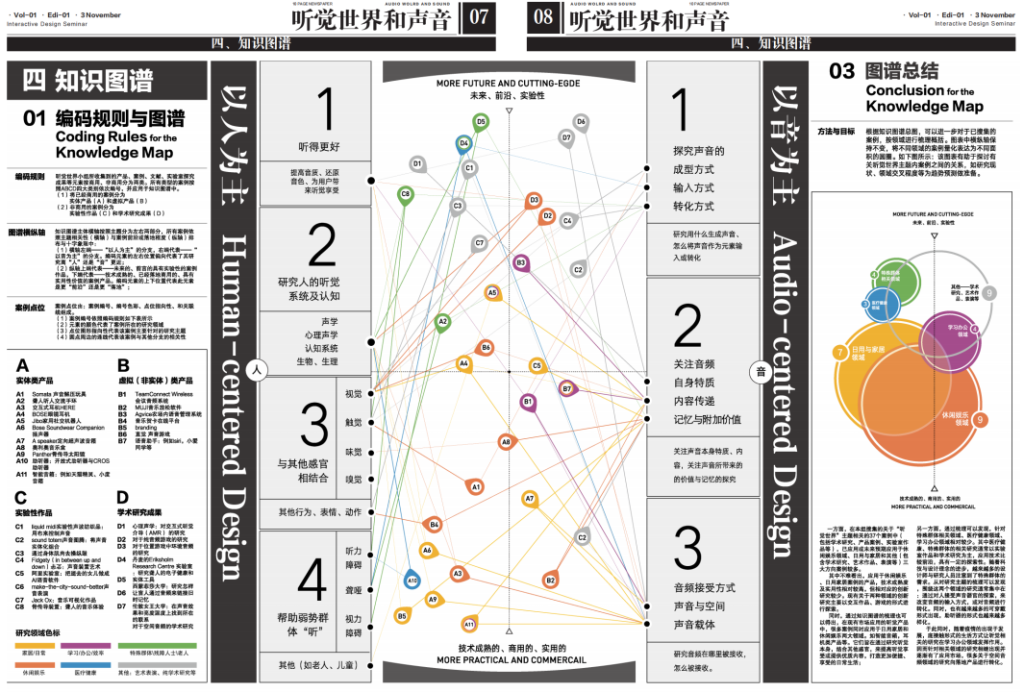
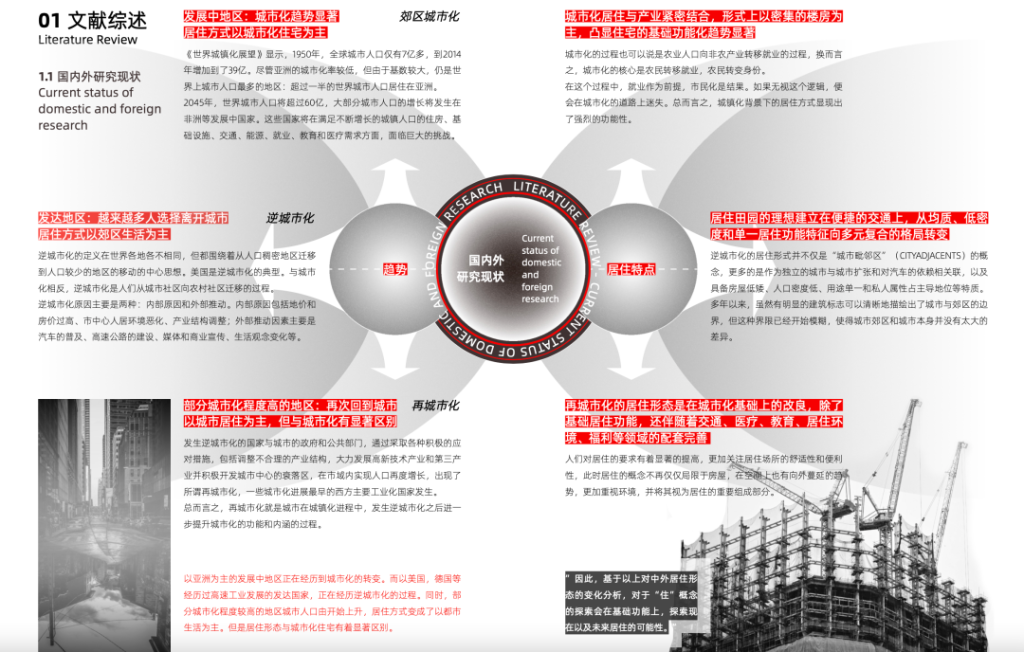
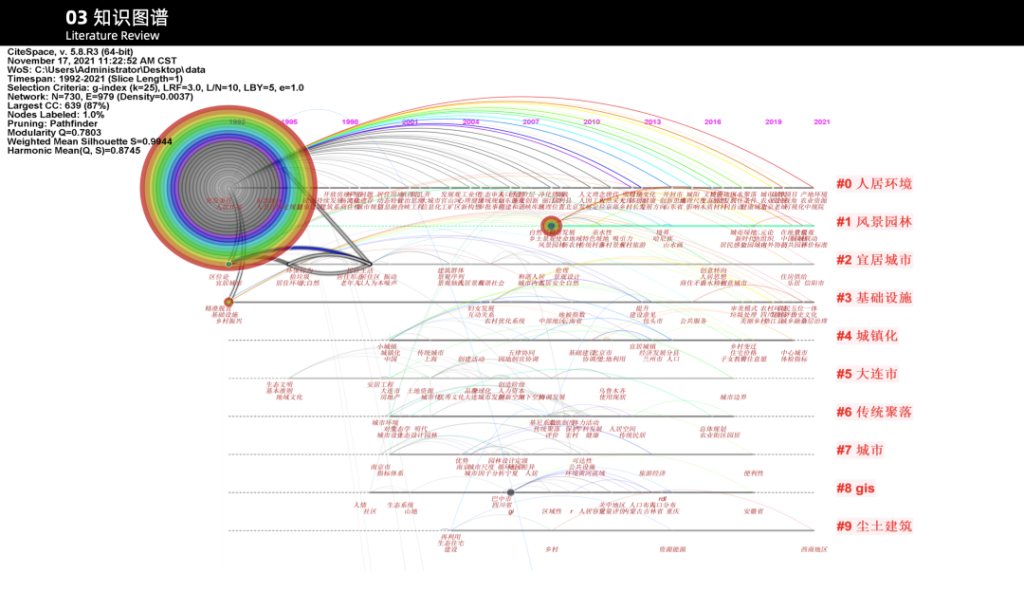
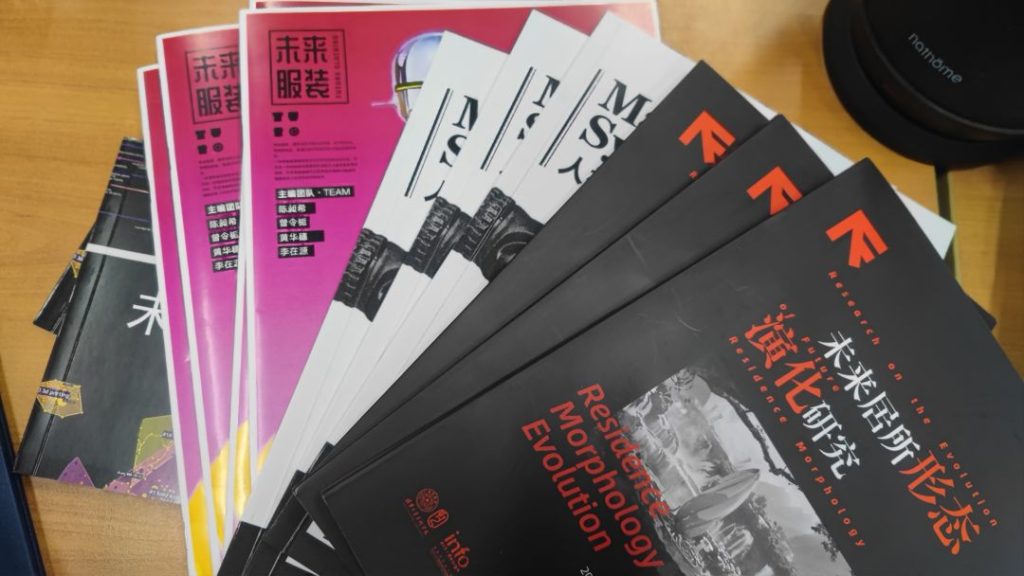
03
Part Three: Course Results Takeaways
Students will construct a body of knowledge on a topic from reading, research, and discussion, and present it in a visual form with the help of their teachers and teaching assistants. Such a final work is a strong reference for designers and researchers in the subject area and can be the basis for opening up research.
In the past, our course works were also invited to participate in the "Visionary - Visible - 2020 Design Future International Exhibition" as part of the "Future Documenta", presenting a forward-looking, theoretical and research-based design theory system to the audience. The exhibition is a part of the "Future Documenta", which presents a forward-looking, theoretical and research-based design theory system, allowing the audience to understand the theme of "future" not only in a discursive way, but also in a more practical and theoretical way.
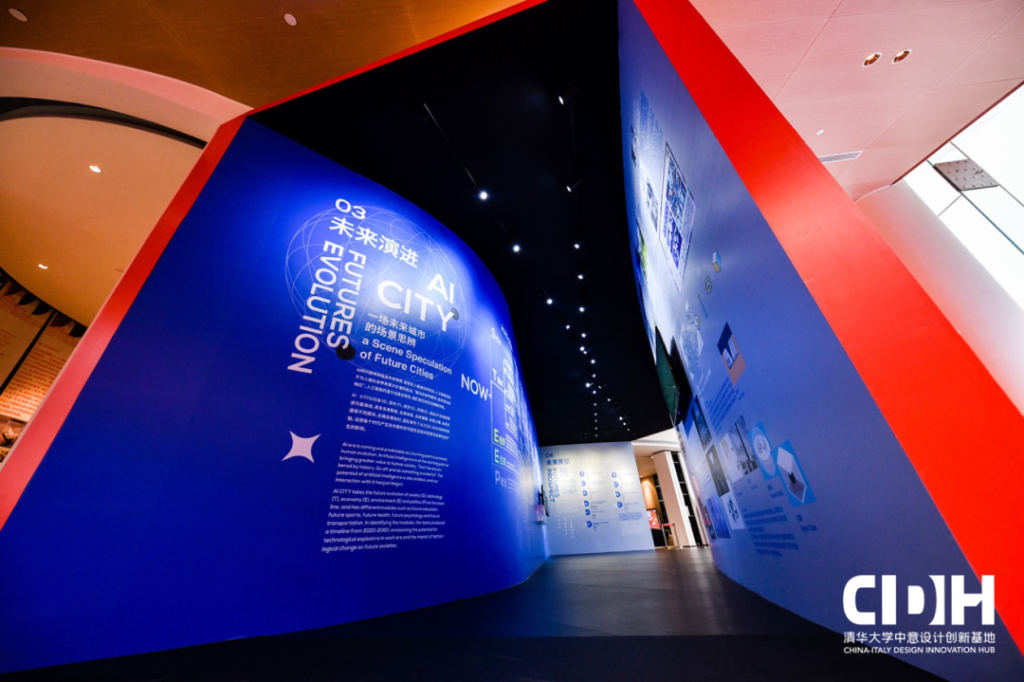
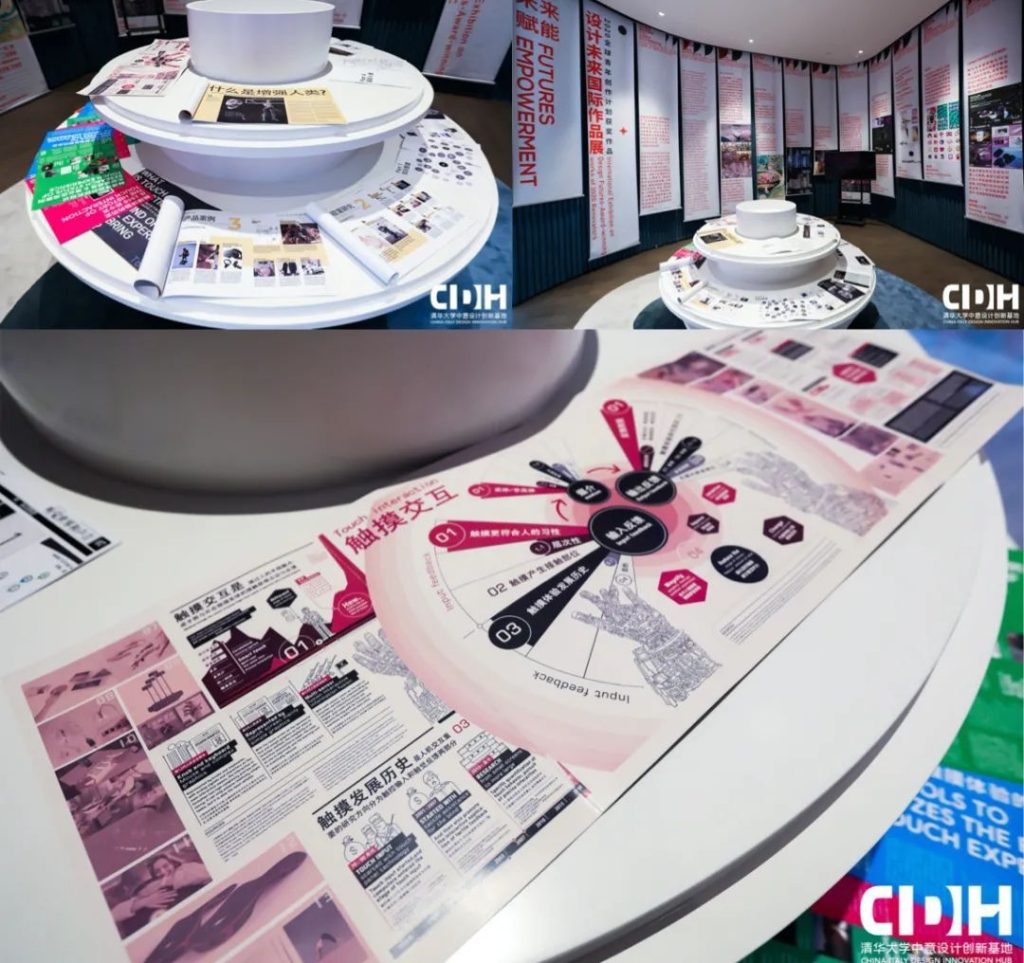
04
Part Four: This year's course content
In previous years, we have focused on a specific theme, so that students can carry out design theory research based on specific content, such as "Enhancing Humanity: Form, Sound, Smell, Taste and Touch" and "Future Life: Clothing, Food, Housing, Transport and Use". In this year's course, we will move from scenarios to more specific products. Students will find a target product category in five scenarios: home, office, travel, entertainment, and retail, and deconstruct and construct the "past life" of the product step by step through the course. Ultimately, we will understand the evolution of the selected product from the past to the future from the perspective of research, understand the development of the relationship between people and products from the perspective of society, economy, technology, environment, politics, etc., find the product development cycle, and can find a more credible future design direction based on these studies.
At the same time, interaction design and user experience experts from head Internet companies and well-known professional organizations will be invited to share according to the course content to expand the cognition and knowledge system of interaction design.
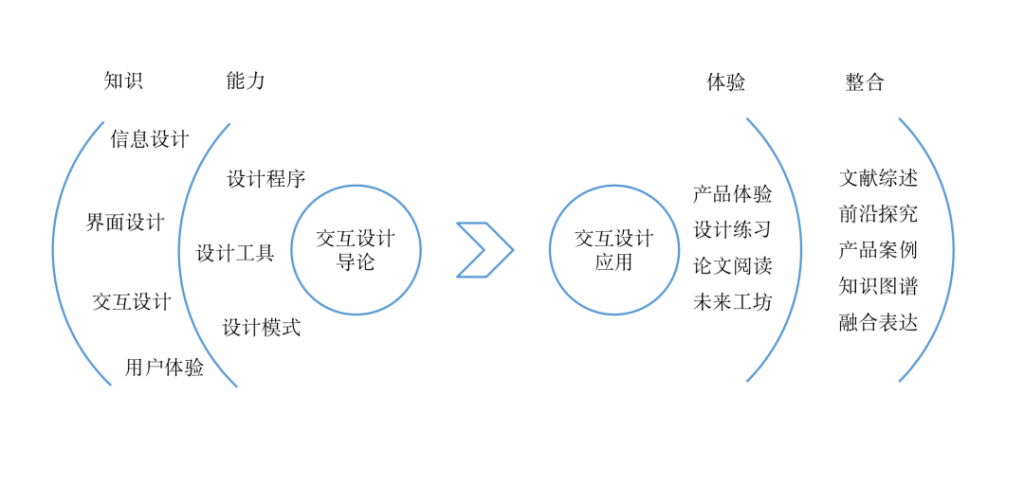
In terms of the course knowledge system, we will start from seven parts: historical theory, information design, user experience, design process, design prototype, design pattern, and design foresight, from the disciplinary background of interaction design to the specific knowledge points of interaction design. Each lesson introduces a design course content that is closely related to interaction design, so that students can understand the general overview of this discipline in an in-depth manner.
In terms of student capacity development, we will combine 4 directions: classroom mini-exercises, essay reading, subject structure combing, and topic design. First, we will help students master basic theoretical knowledge, generate knowledge maps with tools, and learn how to read, analyze and write papers. The second is to let students experience the general process of interaction design through small exercises in class and digest the content of the course quickly.
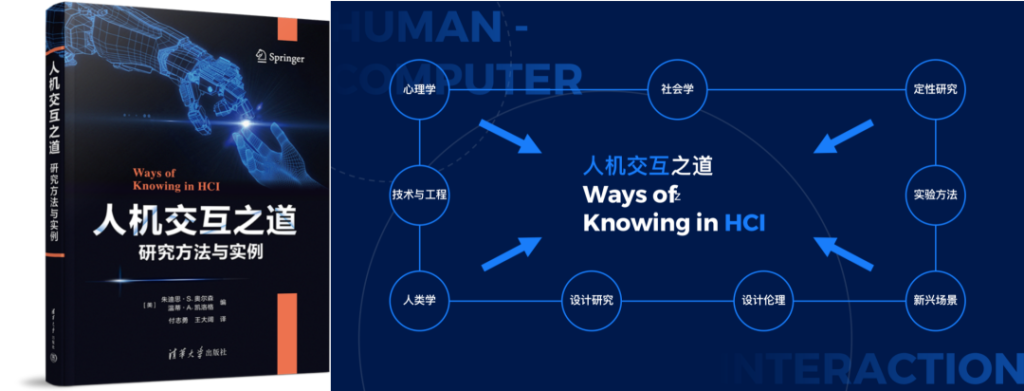
This year, the course will also introduce a new textbook, "The Way of Human-Computer Interaction", which is a very successful overseas reference book on HCI. It is co-authored by 34 authors from different disciplinary backgrounds and different units, introducing knowledge content related to HCI from different disciplines, helping HCI researchers to go beyond their familiar fields, enriching their knowledge system and broadening their learning boundaries.
This book helps you to understand a range of knowledge related to HCI from different disciplines, such as psychology, sociology, anthropology, design, etc., and to quickly grasp the relevant new disciplinary tools that will help you to develop your research, topic selection, and thesis writing at the master's level.
Click here to view the 2020 lectures
- Graduate Fall Program -
Introduction to Interaction Design (Course No. 80801032)

